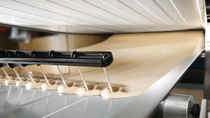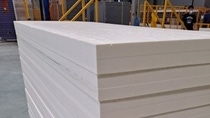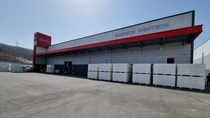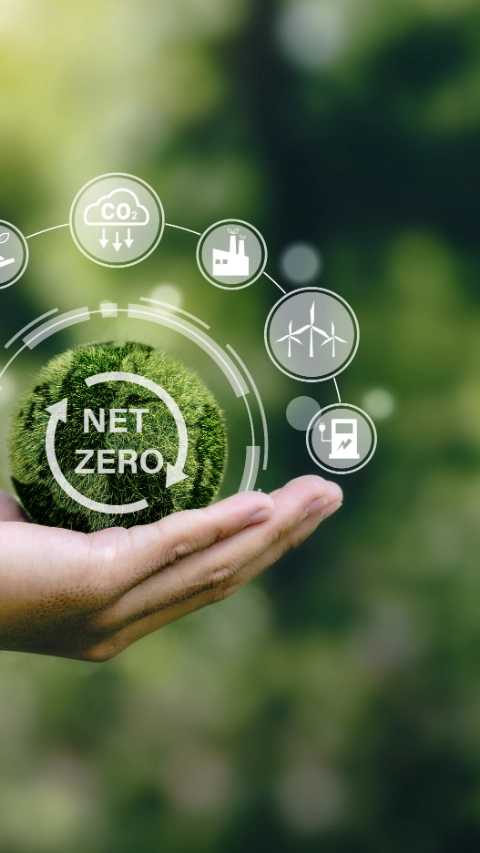Construction
Journeying toward Net Zero with PU Laminated Boards
According to the United Nations (UN), the Asia Pacific region has a population of 4.3 billion people—more than 50% of the world’s total population. By 2030, this figure is expected to grow by another 165 million.
Such population growth naturally comes with an increased demand for housing, energy, and resources. If not managed carefully, this may inadvertently contribute to global warming and its adverse effects. Following the UN’s 2030 Agenda, governments in the region like South Korea, China and India have set their sights on reducing emissions here, journeying toward a “net zero” housing policy.
Sustainable Construction with Elastopir®

Correspondingly, the topic of sustainable construction has been gaining momentum. One key area of need is energy-saving thermal insulation materials, which reduces reliance on cooling through air-conditioning and electrical heating in cold weather.
Elastopir®, an environmentally friendly BASF polyurethane rigid foam system based on Polyisocyanurate (PIR), has unique properties that make it well-suited for this purpose. It has been developed to meet the growing global demand for sustainable, energy-efficient material with fire-protection properties.
New Generation Chemistry with Shinwon’s Laminated Boards

The strengths of Elastopir® are highlighted through our 2021 partnership with Shinwon Group. They sought to develop high-quality yet cost-effective laminated boards as thermal insulation material for the interiors and exteriors of South Korean residential and commercial buildings.
Polyurethane (PU) foam systems like Elastopir® are already in themselves 20% more energy-efficient than traditional organic insulation, and far outstrip inorganic insulation, with more than 30% better energy efficiency. BASF worked with Shinwon to develop new generation polyurethane chemistry through Elastopir®, better meeting fire safety regulations and space-saving needs.
The final result—laminated boards with flexible facings like aluminium foil or mineral fleece and a core of Elastopir®—offers superior fire protection, meeting global fire standards as well as stringent Asian local country standards. It has excellent mechanical and thermal properties, offering high performance despite low material thickness. As a bonus, it also uses an eco-friendly blowing agent which is CFC, HCFC and HFC free.
Strong Partnerships for a Sustainable Future

A spokesperson from Shinwon, Mr Park, likened this collaboration to eating ginseng syrup, a popular health supplement in Korea.
“It’s very hard to take the first bite due to its bitter taste, but we know it’s very good for our health and essential. It’s very difficult to form a partnership, but it’s a huge help to both parties after a partnership is formed.”
These sentiments are echoed by us. “BASF is glad to partner Shinwon from the initial stages of this project, establishing success in the Korean laminated board market through our total solution approach from innovation in polyurethane chemistry to product, processing, training, and others.” said Por Ngoh Ling, Business Management Construction, Performance Materials Asia Pacific.
As countries in the Asia-Pacific region continue to pursue net zero housing, the door to future collaborations remains open. In this light, our next article explores the potential of BASF’s flagship material with a deep dive into the unique properties of Elastopir® — a must read for players in the construction, sustainability, and manufacturing industries.
Consult with an expert
Self-service solutions:
